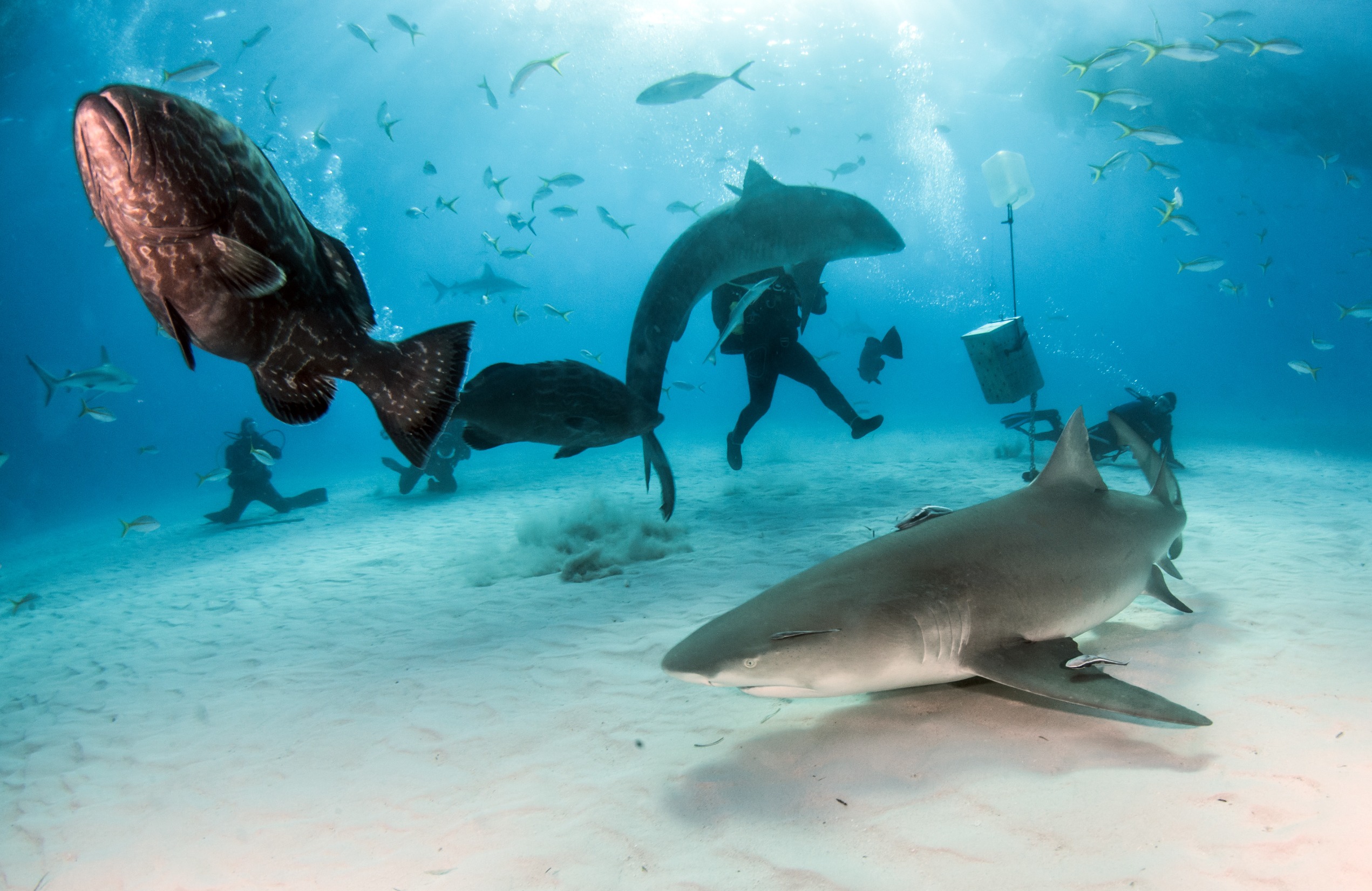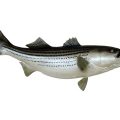Groupers are a massive variety of fish in the world. These fish are in almost all parts of the world. Considering the difference between different types of groupers, their behavior also varies regarding being territorial.
Most groupers are territorial when it comes to the area that they inhabit. Of course, not all of them are, and some are not as territorial as others, so it all depends on the species of grouper we are talking about.

Why are some Fish Territorial?
The truth is that most fights among wild and captive fish are over territory. Sometimes, it might be in a grouper, and sometimes, the fish alone protects its environment.
Why do fish have territories, like groupers?
Just like humans have homes, fish have their territories. They have found a perfect space for themselves and do not want any other fish to come near that safe space. Most fish are territorial towards the same species and sex, with male fish being more territorial. These territories are their houses where they can breed safely, lay eggs, and protect themselves. Unlike humans, fish have only one purpose: to reproduce, and these territories allow the best chance to reproduce successfully.
If the fish does not want to take the territory and just is exploring, the fish that owns the region will show slight aggression. If both fish want the same territory, there is usually a fight, and one fish wins. If the opposite gender comes to claim the territory, mating is generally involved.
In grouper, most of them occupy rocky or reef bottoms. The grouper will mostly protect a specific reed or reef that doesn’t want anyone else to settle. Some more significant groupers, like the goliath grouper, also are found near wreckages, and they will be territorial towards this wreck where they can hide and reproduce. Therefore, regardless of the type of home the fish has, it will protect it from other fish that might want the same place as home, even from humans.
What Grouper are Territorial?
Almost all groupers display territorial behavior; however, some are known for being territorial. Some fish are known for being aggressive and challenging in the water.
Spotted Black Grouper
The spotted black grouper are protected species in southeast Australia and northern New Zealand. These are known for being very territorial. These fish can be as large as 78 inches and weigh 178 lbs.
The spotted black grouper inhabits the rocky reefs from the ocean surface to 50 m in depth. These fishes are very territorial in their reefs. They occupy the same reef for life if they can. They are opportunistic eaters and will eat the reef fish found around their territory and other crustaceans like crabs, shrimps, and lobsters.
Goliath grouper
This species of grouper is the biggest grouper in the ocean. There are two types, Atlantic goliath grouper and Eastern Atlantic grouper. They are an endangered grouper species known as gentle giants because they are peaceful towards humans.
These can get around 10 feet in size and weigh more than 700 pounds. The Goliath groupers are very territorial, even if they are peaceful. They protect their reef or wreck and attack any fish that might come close by. The fish does this by violently shaking its body. If that does not work, the fish will open its wide mouth and make a loud booming sound using its swim bladder. The fish will attack if the other fish or intruder does not back down and swallow them whole.
Giant Grouper
A giant grouper is not the same as the Goliath grouper. It is the most widely distributed grouper in the world, from the eastern coast of Africa to Japan, Australia, New Zealand, Pakistan, and Southern Oman. They are absent in the Persian Gulf.
The fish gets as large as 71 inches, but the most enormous giant grouper caught was 110 inches in size and weighed 880 lbs. In the water, it is found in depths of 1 to 100 meters and near reefs, but the fish is also found hiding in wrecks and giant caves. The juvenile fish mostly occupy the reefs. The mature fish are very territorial and protect the outer reef and lagoons. These solitary fish are opportunistic eaters and eat whatever comes their way. Despite being very big, they are not dangerous to humans.
Peacock Grouper
The peacock grouper is found in a large area as well. You can find this fish in the Red Sea to South Africa and east to French Polynesia and the Pitcairn group. It is also found in Australia, Japan, and Hawaii.
The peacock grouper is not a large fish and only gets around 24 inches in size, but it is still a territorial fish. The habitat of this fish is near reefs like most other groupers. Interestingly, this fish has an interesting territorial behavior. One male fish has a 5 to 6-harem of female fish that it protects. The female fish protect their territory from other female peacock groupers. The male peacock also fights territorial with other male peacock groupers, and whoever wins can get the territory.
Conclusion
Groupers are territorial most of the time. They protect their reefs, wrecks, and caves from other fish, usually the same species. Here are four groupers known for being very territorial and their territorial behavior.











